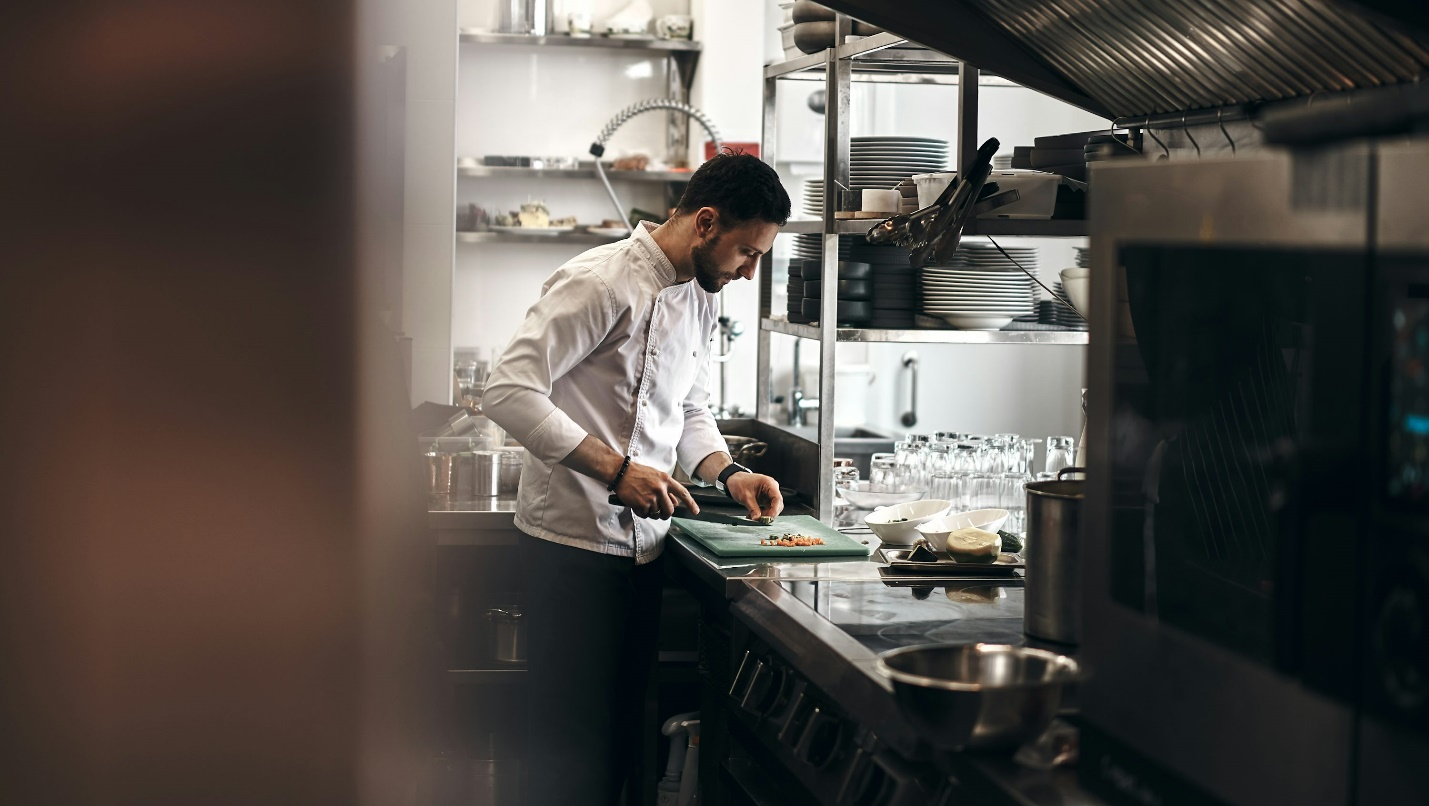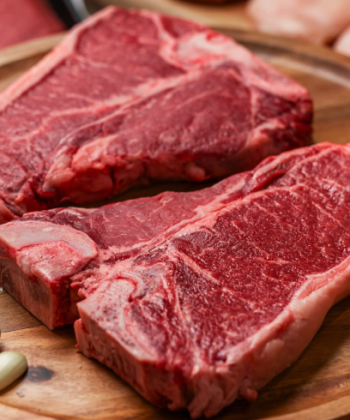
Running a restaurant is a delicate balancing act, especially when it comes to managing costs without sacrificing the quality that keeps customers coming back. The kitchen is the heart of any restaurant, where food costs can easily spiral out of control if not managed wisely. With rising ingredient prices and operational expenses, finding ways to reduce costs without compromising on quality has become essential for restaurant owners and managers. This guide will explore practical strategies for smart kitchen management that can help your restaurant maintain high standards while staying within budget. By implementing these tips, you can streamline operations, minimize waste, and ensure that every dollar spent contributes to delivering an exceptional dining experience.
1. Streamline Your Menu
One of the most effective ways to cut costs in your kitchen is by streamlining your menu. Offering fewer, well-curated dishes allows you to focus on quality ingredients and preparation, reducing waste and simplifying inventory management. By analyzing which dishes are most popular and profitable, you can create a menu that highlights your restaurant’s strengths while eliminating items that may not contribute significantly to your bottom line. A streamlined menu also makes it easier for your kitchen staff to maintain consistency and efficiency, ensuring that each dish meets the high standards your customers expect. Regularly reviewing and adjusting your menu based on seasonal availability and customer preferences can further enhance cost-effectiveness.
2. Purchase Bulk Ingredients Wisely
Buying in bulk is a tried-and-true method for reducing food costs, but it requires careful planning to ensure it aligns with your kitchen’s needs. Bulk ingredients can offer significant savings if used effectively, particularly for items with long shelf lives or those that are used frequently across multiple dishes. However, it’s essential to avoid over-purchasing, which can lead to spoilage and waste. Consider collaborating with local suppliers to secure bulk ingredients at a lower cost while supporting sustainable practices. Additionally, having a clear inventory system in place helps track usage so you can order just what you need and take full advantage of bulk pricing without overstocking.
3. Optimize Inventory Management
Effective inventory management is crucial for controlling costs in a busy restaurant kitchen. By keeping a close eye on your inventory, you can prevent both overstocking and running out of essential items, both of which can disrupt operations and increase expenses. Implementing an inventory management system that tracks stock levels, expiration dates, and order frequency allows you to make informed purchasing decisions. Regular audits of your inventory can help identify slow-moving items that may be taking up valuable storage space and money. Furthermore, training your staff on proper storage techniques and stock rotation can reduce spoilage and waste, ensuring that ingredients are used efficiently and at their peak quality.
4. Reduce Food Waste
Food waste is a significant contributor to rising kitchen costs, but it can be mitigated through careful planning and execution. Start by analyzing your current waste levels to identify areas for improvement, such as over-portioning, improper storage, or inefficient use of ingredients. Once you have a clear understanding of where waste is occurring, implement strategies to reduce it, such as adjusting portion sizes, repurposing leftovers into new dishes, or donating surplus food to local charities. Educating your staff on the importance of minimizing waste and involving them in the process can lead to more conscientious use of ingredients and a more sustainable kitchen operation. By reducing waste, you not only lower costs but also contribute to a more environmentally friendly business model.
5. Leverage Seasonal and Local Produce
Incorporating seasonal and local produce into your menu is a cost-effective way to enhance the quality of your dishes while supporting the local economy. Seasonal ingredients are typically more affordable due to their abundance, and they often offer superior flavor and freshness compared to out-of-season alternatives. Building relationships with local farmers and suppliers can give you access to high-quality produce at lower prices, reducing the need for expensive imports. Additionally, promoting the use of local and seasonal ingredients on your menu can attract customers who value sustainability and fresh, locally sourced food. By adapting your menu to reflect the seasons, you can keep your kitchen costs down while offering dishes that resonate with your customers.
6. Invest in Energy-Efficient Equipment
Energy costs are a significant expense for any restaurant, but investing in energy-efficient kitchen equipment can lead to substantial savings over time. While the initial cost of energy-efficient appliances may be higher, the long-term benefits include reduced utility bills, lower maintenance costs, and a smaller environmental footprint. Look for equipment with ENERGY STAR certification, which ensures that the appliance meets stringent energy efficiency guidelines. Additionally, consider conducting an energy audit of your kitchen to identify areas where you can reduce energy consumption, such as optimizing lighting, upgrading insulation, or implementing better ventilation systems. By investing in energy-efficient equipment, you not only lower operating costs but also contribute to a more sustainable restaurant business.
7. Train and Empower Your Staff
Your kitchen staff plays a crucial role in managing costs without compromising quality. Proper training and empowerment can lead to more efficient kitchen operations, better use of ingredients, and reduced waste. Ensure that your staff understands the importance of portion control, proper storage techniques, and food safety practices. Regular training sessions can help reinforce these concepts and introduce new cost-saving techniques. Additionally, empowering your staff to suggest improvements in kitchen processes or menu items can lead to innovative solutions that save money and enhance quality. A well-trained and motivated team is essential to maintaining a high standard of food quality while keeping costs under control.
8. Implement a Cost-Effective Sourcing Strategy
Sourcing high-quality ingredients at competitive prices is vital for balancing cost and quality in your kitchen. Developing a cost-effective sourcing strategy involves building strong relationships with reliable suppliers, negotiating favorable terms, and staying informed about market trends. Consider working with multiple suppliers to ensure competitive pricing and diversify your supply chain. Regularly reviewing your supplier agreements and staying flexible with your sourcing strategy allows you to adapt to changing market conditions and maintain a steady supply of quality ingredients at a reasonable cost.
Cutting costs in a restaurant kitchen without compromising quality is a challenging but achievable goal. By streamlining your menu, purchasing bulk ingredients wisely, optimizing inventory management, reducing food waste, and leveraging seasonal produce, you can create a more cost-effective kitchen operation. With careful planning and execution, your restaurant can thrive by delivering exceptional quality at a sustainable cost, ensuring long-term success in a competitive industry.


